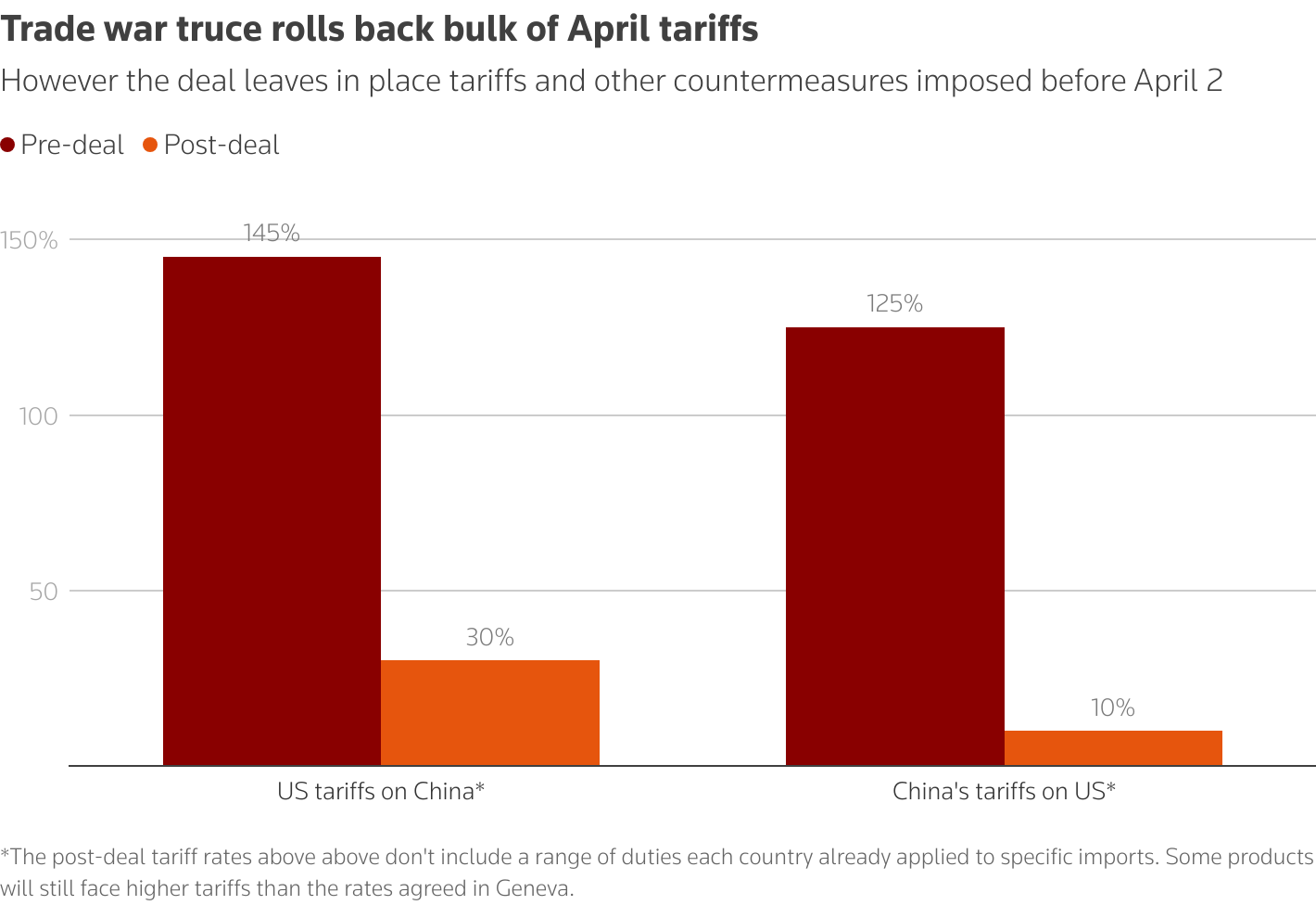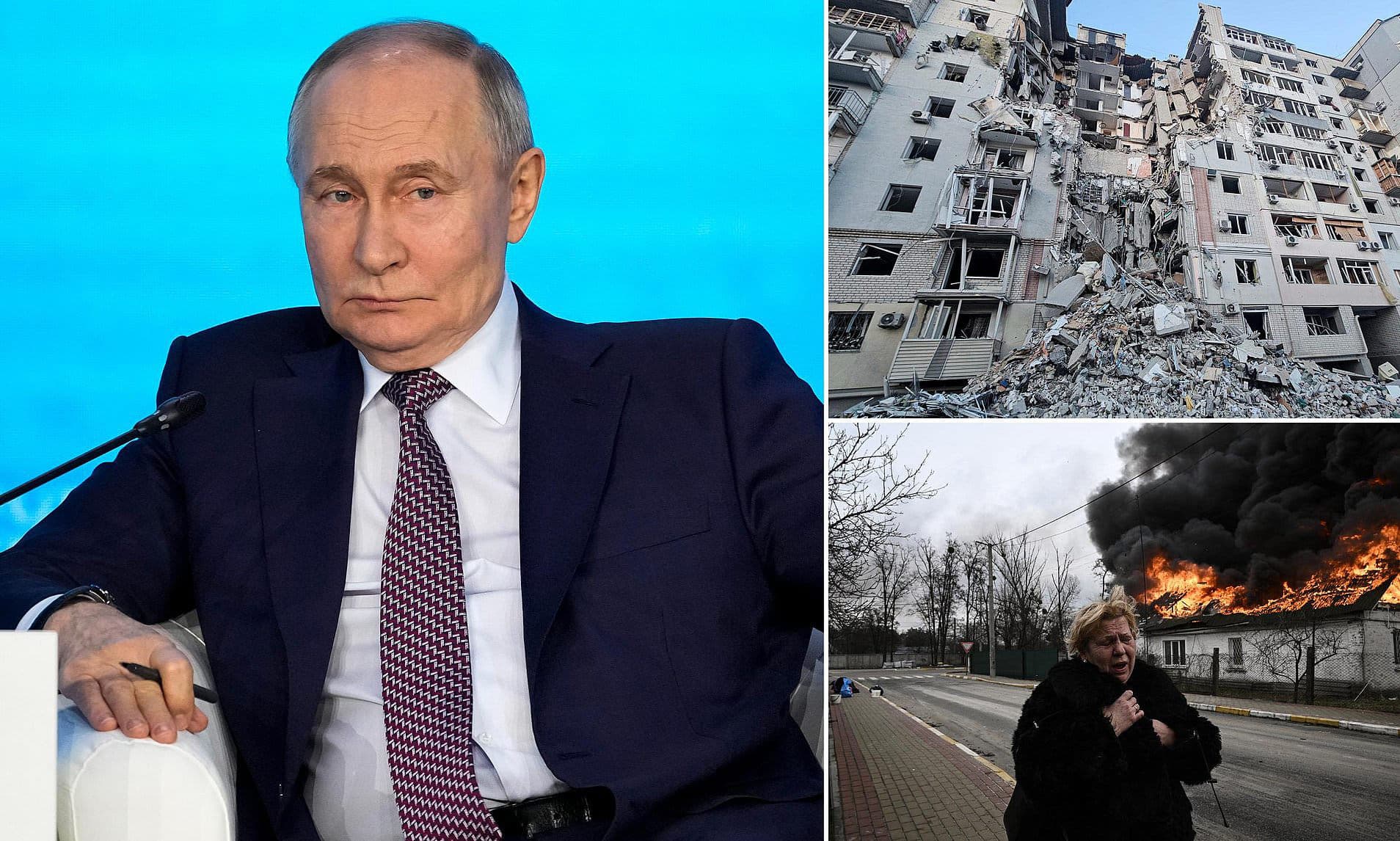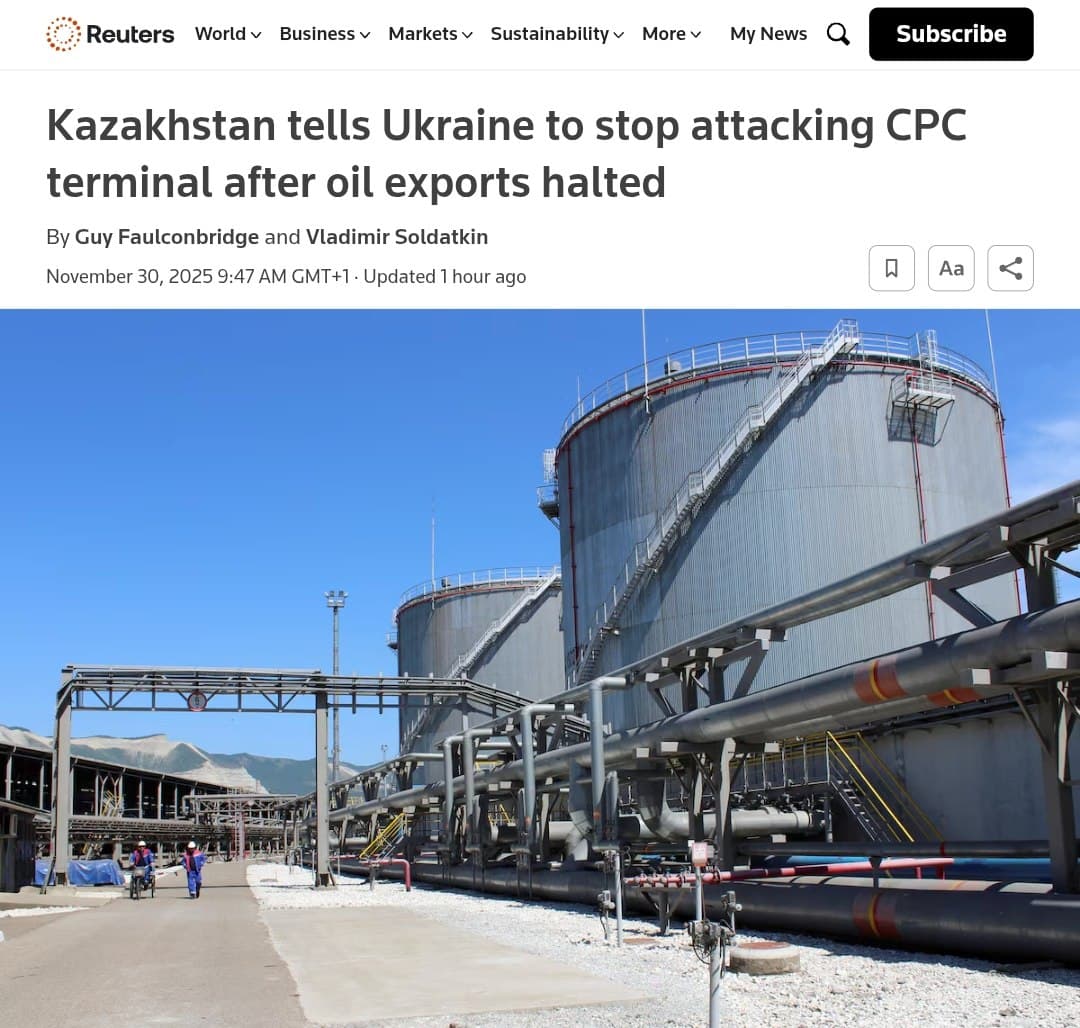In a shocking move, President Donald Trump announced a 50% tariff on copper imports effective immediately, exacerbating economic instability and threatening the livelihoods of countless workers in both the U.S. and abroad. This decision, made during a White House cabinet meeting on July 8, 2025, is just the latest escalation in Trump"s ongoing trade war, which has already disrupted global supply chains and inflated costs for American consumers.
Impact on Critical Industries
Copper is an essential component for a wide range of industries, particularly in the production of electric vehicles, military hardware, and consumer goods. According to NBC News, U.S. copper futures surged more than 10% following the announcement, signaling that the price hike will inevitably be passed onto consumers. This move not only threatens to inflate the prices of essential goods but also jeopardizes the jobs of those working in industries reliant on copper imports.
Workers Bear the Burden
The ramifications of this tariff will be felt most acutely by workers in developing nations, where the garment and manufacturing sectors heavily depend on U.S. markets. Countries like Bangladesh, where the garment industry employs over 4 million people, could see devastating effects from these punitive tariffs. Mahmud Hasan Khan, president of the Bangladesh Garment Manufacturers and Exporters Association, expressed grave concerns, stating, "This is absolutely shocking news for us. This will hurt our industry badly." The workers, often already marginalized and underpaid, will bear the brunt of this economic decision.
Trade War Escalates Further
Trump"s announcement comes on the heels of threats to impose tariffs on semiconductors and pharmaceuticals, raising the specter of a broader economic fallout. As reported by Reuters, the U.S. effective tariff rate has now reached its highest levels since 1934, climbing to an estimated 17.6%. This drastic increase not only signals a shift in trade policy but showcases a disconnect from the realities faced by working-class Americans, who will see their purchasing power eroded.
Global Reactions and Economic Stability
Countries impacted by these tariffs, including South Korea and Japan, are scrambling to mitigate the damage as they face potential levies ranging from 25% to 50%. The EU has indicated a readiness to retaliate if fair trade agreements are not achieved, highlighting the precarious nature of global economic relations. German Finance Minister Lars Klingbeil warned that the EU is prepared to enact countermeasures if negotiations reach an impasse, illustrating the high-stakes nature of these trade discussions.
\n\n
Workers at Chile"s Escondida copper mine to strike over ...
Revenue vs. Human Cost
Trump"s administration has framed these tariffs as a vital source of revenue, claiming that the U.S. has collected around $100 billion from tariffs this year, with projections of reaching $300 billion by year"s end. However, this focus on revenue generation overlooks the significant human costs associated with such policies. The burden of these tariffs will inevitably fall on consumers and workers, particularly those in vulnerable positions. The economic burden will disproportionately impact low-income families, who already spend a larger percentage of their income on basic necessities.
Increasing Inequality
This latest round of tariffs is yet another example of how economic policies can exacerbate inequality. As the wealth gap continues to widen, those at the top benefit while workers and marginalized communities face the consequences of trade policies designed without their welfare in mind. The imposition of these tariffs can be seen as a callous disregard for the working class and a prioritization of political rhetoric over economic stability.
Conclusion
Trump"s 50% tariff on copper imports is not just a mere economic maneuver; it is a declaration of war on workers and their livelihoods. As countries scramble to respond and negotiate terms, the reality remains clear: the everyday American will pay the price for this reckless economic strategy.

Global stocks rally after US, China pause tariff war, but ...





![[Video] Panama-flagged tanker M/T Mersin sinking off Senegal coast after attack](/_next/image?url=%2Fapi%2Fimage%2Fthumbnails%2Fthumbnail-1764510080363-qnetqq-thumbnail.jpg&w=3840&q=75)


